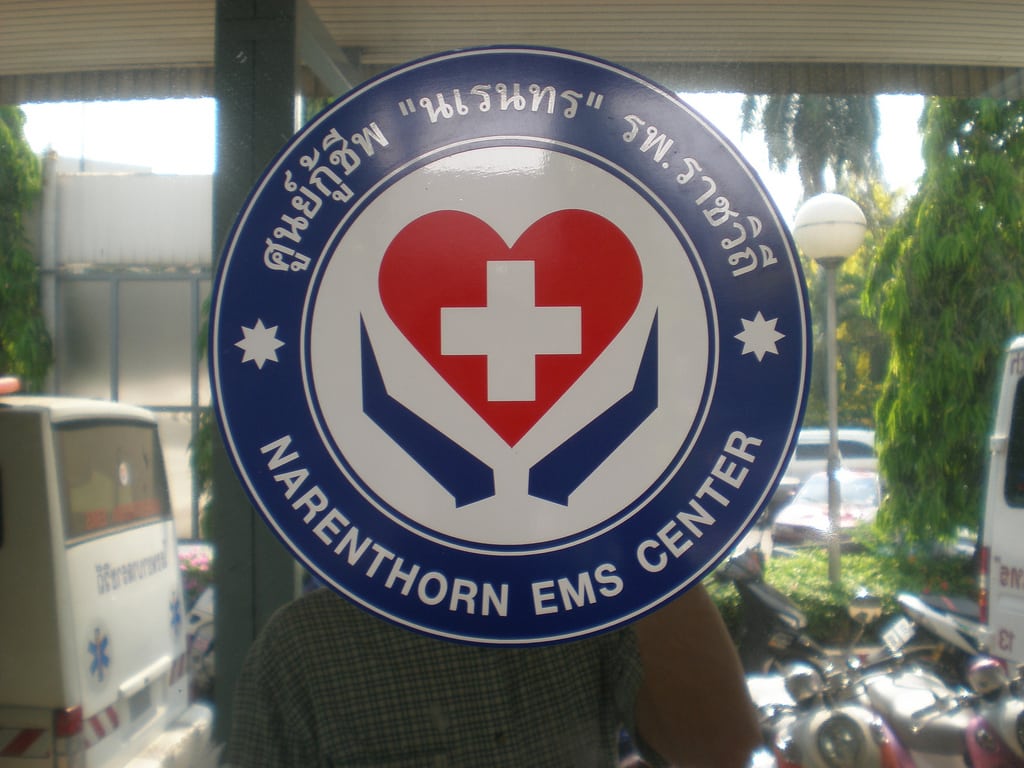Skift Take
Unlike dentists along the U.S.-Mexico border, the Thai effort is targeting high-income visitors looking to get optional plastic surgery treatments at a bargain rate.
Medical tourism is a rising star as Thailand seeks to boost tourism revenue to 2 trillion baht by 2015, with attractive pricing, cutting-edge technology and skilled doctors drawing foreign patients.
The pressure to hit the 2-trillion-baht target has caused all parties to look for potential channels, and medical tourism is a serious focus of the Tourism Authority of Thailand (TAT).
“Plastic surgery, stem-cell treatment, spas and traditional and alternative medicine are intriguing to many markets,” said Vilaiwan Twichasri, the TAT’s deputy governor for tourism products and business.
The TAT organised the World Spa and Well-being Convention 2012 in September, bringing together more than 100 sellers and 88 buyers from around the world.
They met under the “Speed Dating” concept in which buyers and sellers had one minute to introduce themselves.
The TAT discovered that Thailand has room to expand the segment, which could become a core income generator with high spending per trip.
RNCOS, a US research firm, said revenue from the Asian medical industry will grow at a compound annual rate exceeding 20% from 2010-13.
Thailand, India and Singapore dominate medical tourism in the region, with a combined market share of almost 90% in 2010.
By the TAT’s estimate, average spending on plastic surgery in Thailand is 130,000 baht during a stay of seven days.
“Tourists from markets such as Singapore and Hong Kong love to have their laser treatment and Botox injections here,” said Mrs Vilaiwan.
She said a key market for medical tourism now is customers from the Middle East, but emerging markets such as China and Russia are trending as well.
In fact, plastic surgery is popular among Chinese tourists, who prefer Thailand to Taiwan due to the shorter distance and lower prices.
“With the quality of doctors, technology and affordable prices, Thailand will gain a moderate market share from Taiwan soon,” said Mrs Vilaiwan.
Russians like Eastern medicine, so Thailand can capitalise by offering both Western and Eastern treatments.
Cambodia, Laos, Myanmar and Vietnam also hold potential as the Asean Economic Community (AEC) edges towards fruition in 2015.
Regional competition is becoming intense.
Singapore has identified itself as a complex disease centre, while South Korea promotes itself as a plastic surgery destination.
Malaysia is highlighting its status as an Islamic medical tourism hub.
“But we have an advantage over those countries thanks to Thainess and Thai hospitality,” said Mrs Vilaiwan. “Thai operators are ready to welcome this market with world-class standards.”
Thailand has 18 hospitals accredited by the Joint Commission International compared with 14 in rival Singapore.
(c)2012 the Bangkok Post (Bangkok, Thailand). Distributed by MCT Information Services.
![]()
The Daily Newsletter
Our daily coverage of the global travel industry. Written by editors and analysts from across Skift’s brands.
Have a confidential tip for Skift? Get in touch
Tags: medical tourism, thailand
Photo credit: A hospital in Bangkok, Thailand. Will Tung / Flickr.com
